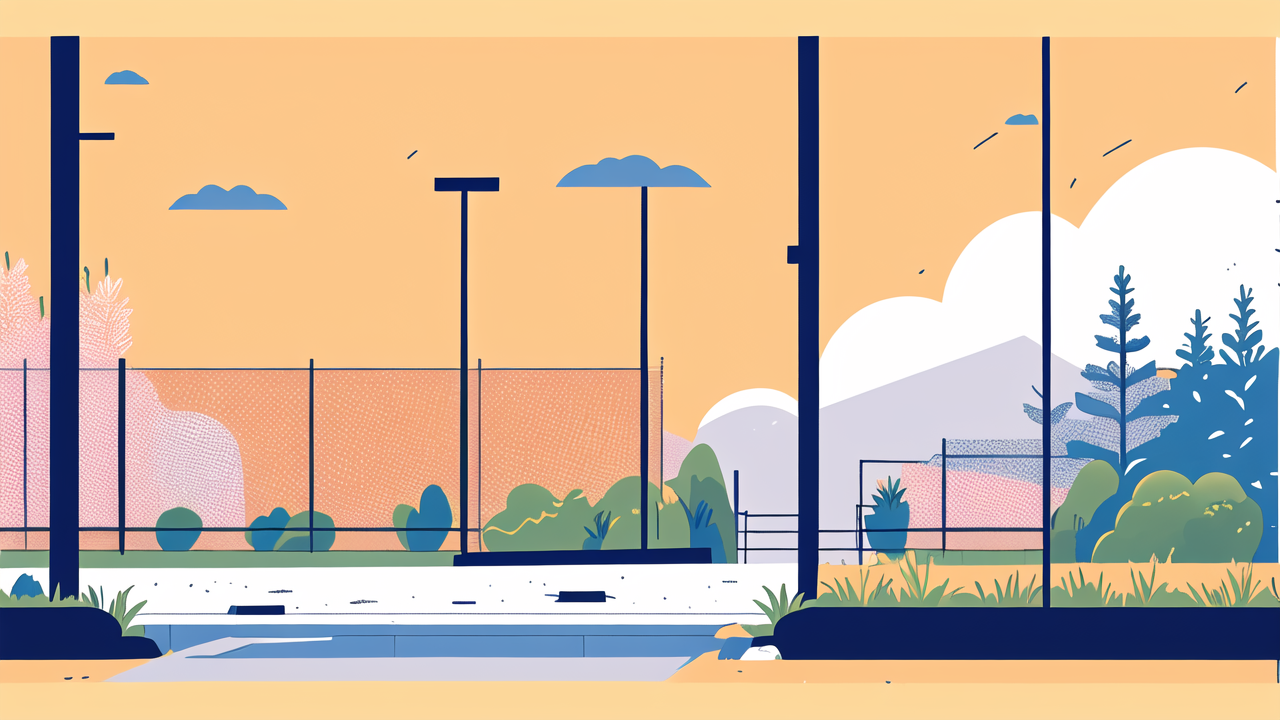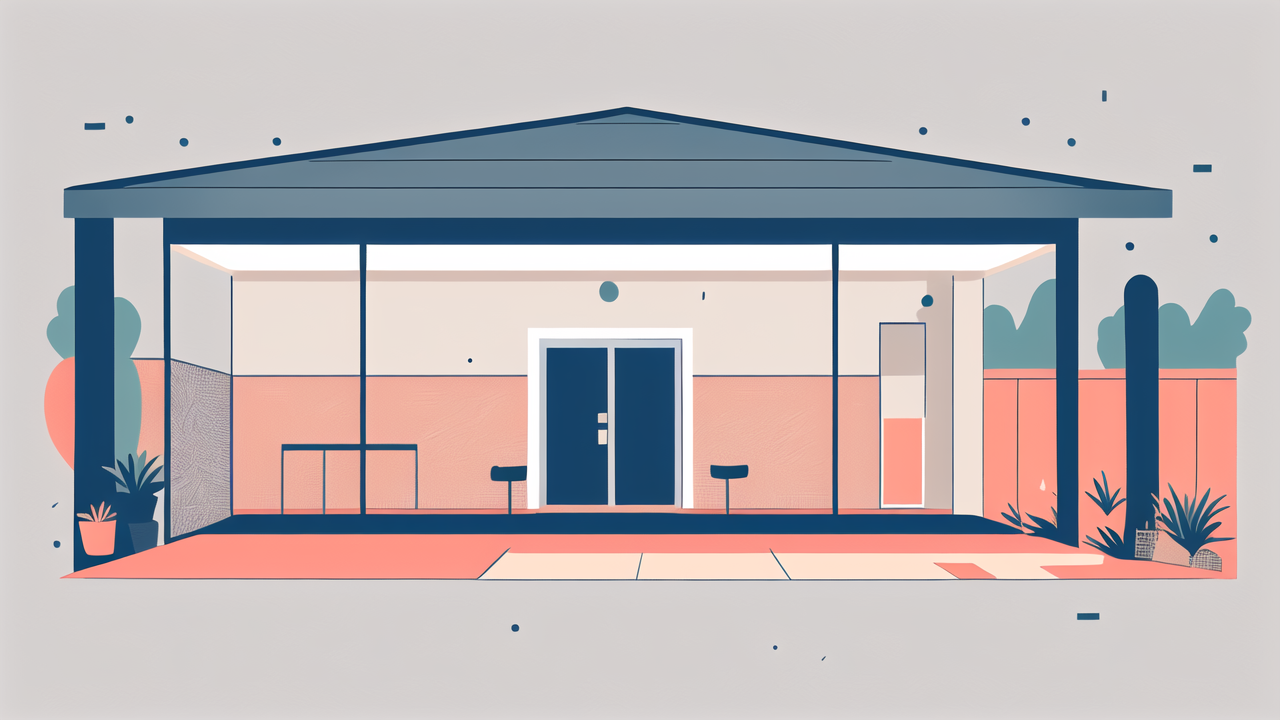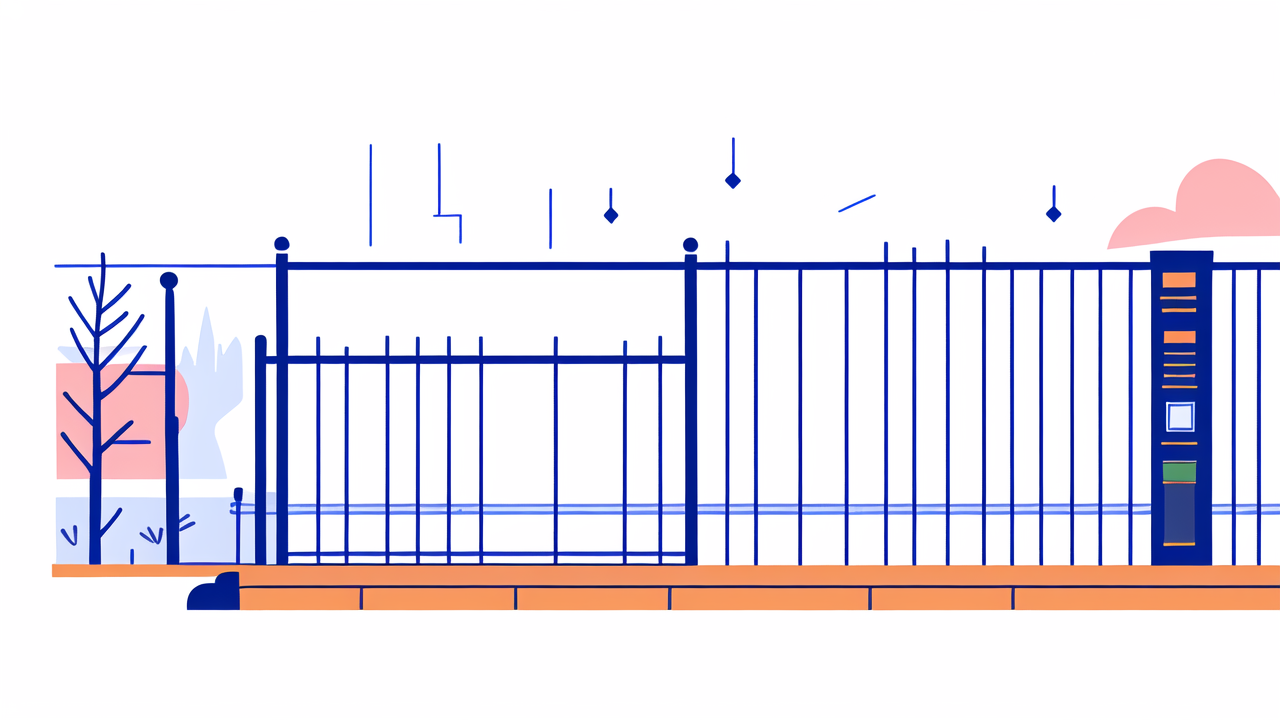Understanding the Role of Post Bracing in Fence Construction
The Basics of Fence Post Bracing
Fence post bracing is a key part of building a strong fence. It helps keep your fence steady and upright.

Bracing involves adding support to fence posts. This stops them from leaning or falling over. It's really
important for tall fences or fences in windy areas. There are a few common ways to brace fence posts.
You can use diagonal braces, horizontal rails, or concrete footings. Each method has its own good points.
Good bracing helps your fence stand up to all kinds of weather. It also makes your fence last longer.
Why Proper Bracing is Crucial for Fence Longevity
Good bracing is vital if you want your fence to last a long time. It stops posts from moving or leaning as
time goes by. This keeps your fence looking good and working well for many years. Proper bracing also
means you won't need to do as much upkeep. It helps spread the weight of the fence evenly across all the
posts. This stops too much stress on any one part of the fence. In places with tough weather, good
bracing can make a big difference. It can mean your fence lasts for decades instead of just a few years.
Identifying Common Fence Post Bracing Issues
There are several problems that can happen if fence posts aren't braced well:
- Leaning posts: This often happens when bracing is missing or not done right.
- Sagging fence sections: This can occur if horizontal braces aren't put in properly.
- Rotting at the base: This can happen if water doesn't drain well around the posts.
- Loose or wobbly fence: This is often due to not enough diagonal bracing.
- Frost heave damage: In cold places, posts can move if they're not deep enough.
It's important to spot these issues early. This can help stop more serious damage to your fence.
Selecting the Right Materials for Fence Post Bracing
Evaluating Different Types of Bracing Materials
When picking bracing materials, think about how long they'll last, how much they cost, and how they look.

Some common options are:
- Wood: It's traditional and cheap, but it might rot over time.
- Metal: It's strong and lasts a long time, but it can rust if not treated right.
- Concrete: It's very sturdy, but it can be hard to put in and adjust.
- Composite materials: These offer a good mix of durability and ease of installation.
Each material has good and bad points. Your choice should depend on what you need and your local weather.
The Benefits of Using WPC Fence Post Bracing
WPC (Wood Plastic Composite) is becoming more popular for fence post bracing. It has several good points:
- It lasts a long time: It resists rot, insects, and weather damage.
- It's low maintenance: You don't need to paint or stain it.
- It's good for the environment: It's often made from recycled materials.
- It's versatile: It can be shaped into many different forms and sizes.
- It looks good: It looks like wood but has more consistent color.
WPC bracing can be a great choice if you want something that lasts long and needs little care.
Best Practices for Material Selection
When choosing materials for fence post bracing, think about these things:
- Weather: Pick materials that can handle your local weather conditions.
- Soil type: Some materials work better in certain types of soil.
- Fence height and weight: Heavier fences need stronger bracing materials.
- Budget: Balance the cost with how long the material will last.
- Look: Choose materials that go well with your fence and property.
Always pick quality and durability over low initial cost for the best long-term results.
Advanced Techniques in Fence Post Bracing
Innovative Bracing Strategies for Commercial Use
Commercial fences often need stronger bracing because they're bigger and need more security. Some new

strategies include:
- Double post systems: Using two posts for extra stability.
- Reinforced concrete footings: These are bigger and deeper than home fence footings.
- Steel cable bracing: This provides tension support for long fence runs.
- Adjustable bracing systems: These let you easily level and maintain the fence.
- Composite reinforced posts: These combine the strength of steel with the durability of composites.
These techniques can really improve how stable and long-lasting commercial fences are.
How to Install Braces for Maximum Strength
To install braces for the most strength:
- Set posts at the right depth, usually 1/3 of the post length plus 6 inches.
- Use concrete footings to add stability.
- Put in diagonal braces at a 45-degree angle for the best support.
- Make sure all connections are secure and weatherproof.
- Use galvanized or stainless steel hardware to prevent rust.
- Think about adding horizontal rails for extra support.
Proper installation is crucial for any bracing system to work well.
Future Trends in Fence Construction and Post Bracing
The future of fence construction and post bracing looks exciting:
- Smart sensors: These could detect and alert you about fence instability.
- 3D-printed custom braces: These would be tailored to specific fence designs.
- Nano-coated materials: These would have enhanced weather resistance.
- Modular bracing systems: These would be easy to install and replace.
- Bio-based composites: These would be environmentally friendly and durable.
These trends aim to make fences more durable, efficient, and easier to maintain.
In conclusion, proper post bracing is key for fence stability and longevity. By understanding the basics,
choosing the right materials, and using advanced techniques, you can ensure your fence stands strong for
years. Whether you use traditional methods or explore new trends, focus on quality and proper
installation. This will help your fence stay sturdy and look great for a long time.
